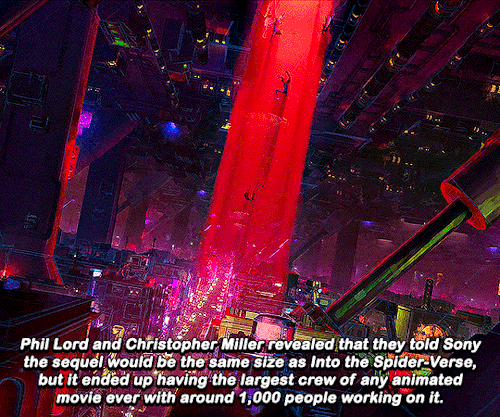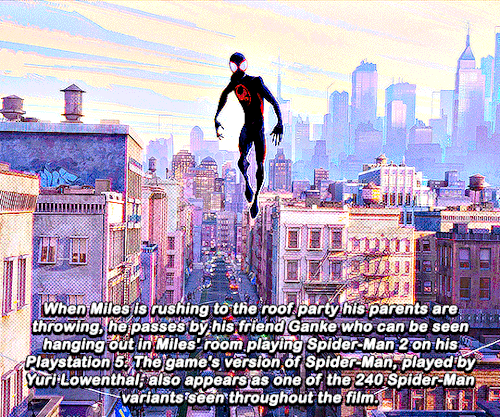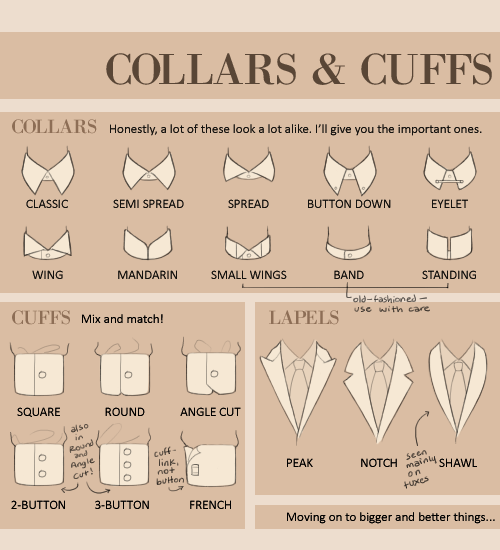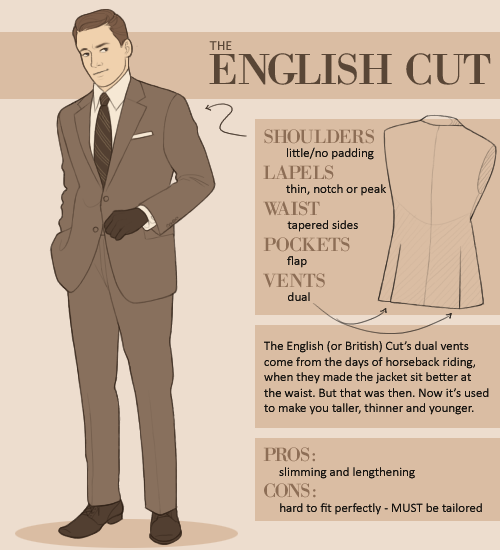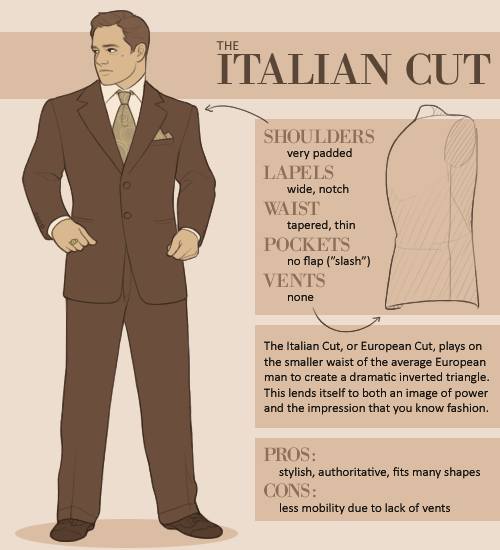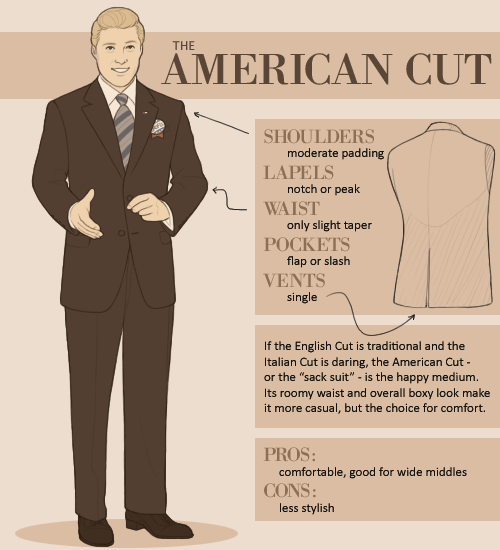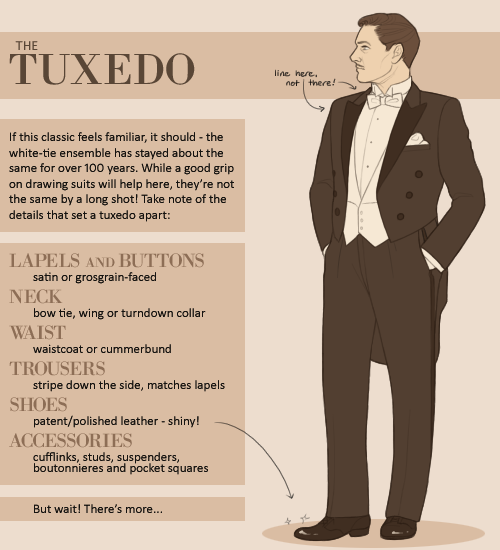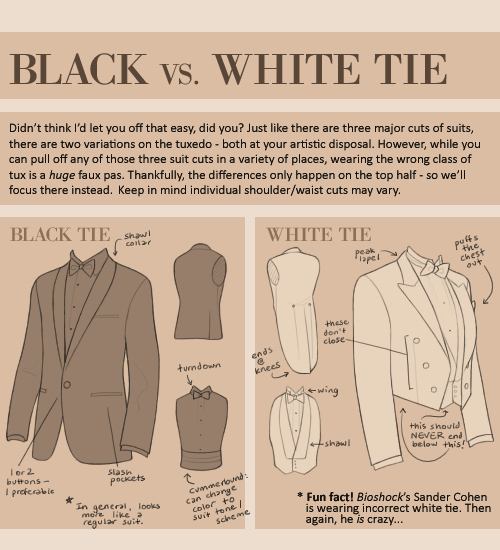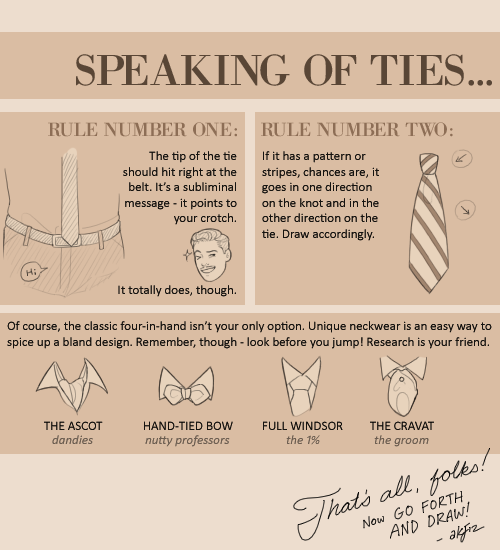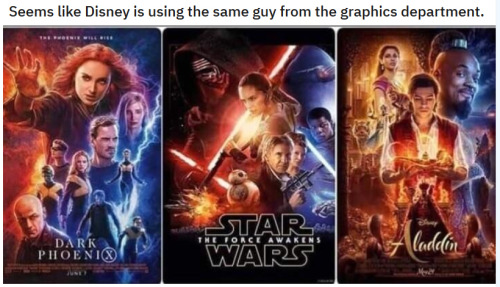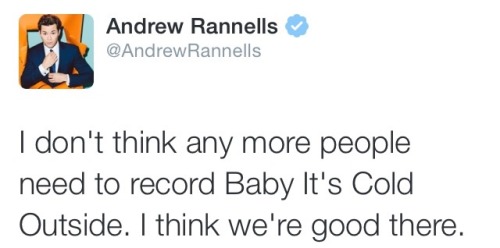Your gateway to endless inspiration
Nifty Info - Blog Posts

https://www.euronews.com/green/2024/12/29/the-japanese-micro-forest-method-is-transforming-cities
The Japanese ‘micro-forest’ method is transforming cities
🌊 Types of Mermaids 🌊
please be respectful of cultural boundaries when working with mermaids from various cultures and traditions, and be mindful not to intrude.
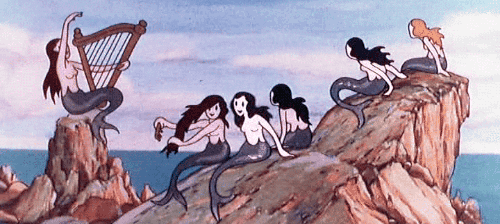
🌊 Rusalkas - slavic in origin, disturbed spirits of the “unclean dead”, ghosts of women who died violent deaths, with a penchant for drowning young men. they live only in rivers and lakes, and are known to have green hair like aquatic plants, only appearing in the night.
🌊 Melusina - a mermaid that walks among humans, but returns to their two-tailed form during baths and when they bathe their children. often a water spirit of a nearby lake or river. french origin.
🌊 Siren - greek mythology. servants and companions of persephone, whom searched for her when she was abducted. they are known to sometimes have the body of a bird, and for their song, which lured sailors to their doom. cannibalism implied folklore. have the power of prophecy.
🌊 Merrow - irish mermaid. known to have green hair and webbed fingers. particular noted love of music and their red cap, which when stolen, they will live with the thief until they find it, and then return to the water, leaving even a whole family behind.
🌊 Ben-varrey - from the isle of man, known to bless those that are kind to them with prosperity, gifts, and even the location of treasure.
🌊 Aicaya - Caribbean mermaid, humans who become mermaids when they are shunned from their community and go to live in the sea.
🌊 Amabie - japanese merpeople, with birdlike torsos and three legs and scales. they are gifted with prophecy, usually foretelling abundant harvests or epidemics
🌊 Ningyo - “human faced fish” known to have golden scales, that brings bad weather and misfortune when caught, but when their flesh is eaten the consumer is granted youth and beauty, even agelessness.
🌊 Finman / Finwife - magical shapeshifters that disguise themselves as sea creatures or plants to lure humans, unlike most mermaids they kidnap people from the shores to be their spouses or servants. they have a greed for jewelry and coins, particularly silver, and prefer humans over other finfolk.
🌊 Sirena Chilota - considered the more friendly mermaids, caring for all fish life and rescuing drowned sailors to restore life to them. known for their human-like beauty and youth, according to legend they are the child of a human and a “king of seas”, tears are a powerful substance. from chilote mythology.
🌊 Cecealia - sometimes known as “sea witches”, they are half human and half octopus. origins in native american and japanese mythology.
🌊 Sirena / Siyokoy - the philippine version of mermaid and merman respectively. also called “magindara”, they are known to protect the waters from raiders, and protect the boy moon from sea monsters. Siyokoys can sometimes have legs however, covered with scales and webbed feet
🌊 Sea Mither - scottish/orcadian mythology, a spirit that personifies the sea during spring and summer, battles along scottish isles using storms to bring the summer about. a mother figure to all aquatic life.
🌊 Ceasg - a fresh-water mermaid, specifically half-salmon, said to grant three wishes if captured. sometimes called maighdean na tuinne (maid of the wave) or maighdean mhara (maid of the sea). scottish.
🌊 Selkie - though somewhat different from the typical mermaid, as they are not cold-blooded, have the body of a seal in the water and are human on land. in legends their skins are often stolen and they are kept by fishermen as spouses, or become lovers to fishermen’s wives who shed tears into the sea.
You know that part in movies where the main character turns on their car radio and the song that’s playing slowly fades in and becomes the movies background music? I like that
New Raya and the Last Dragon trailer? New cultural influences breakdown! Please note that this breakdown comes from a SEA who comes specifically from a Filipino background. Most, if not all, of the below information will be from that lens.
Seaport/night market

The scene above looks to be heavily influenced by many on the sea towns you see in SEA. Most notably, Vietnam. However, there are many towns like these all over the SEA region. The lights and lanterns give it a night market feel, which is a concept that is seen throughout Asia in general.

We see Raya’s hat which seems to be influenced by a Philippine salakot, but it is possible that it has influences from other SEA cultures. The architecture is akin to the weather that you typically see in the region which is more humid than East Asia, and more rooted in the sea. More things here are made from bamboo and there are nipa roofs.

Ignoring the blurry con baby, let’s take a look at the clothing. In this scene we see colorful golden zig zag patterns which you typically see more to the southern part of SEA, but there are similar patterns throughout. Here, the skirts and clothing seems to have much influence from Malaysia, Indonesia, and the southern islands of the Philippines.

Oh what a scene! This is such a great view of what a typical SEA rural fishing town might look like: on the water, with houses and stores even on the water. There are narrow boats and coracles with baskets of food of all kinds of fruits and vegetables that people row around. You can see the nipa roofs really well from here, and might I add–a great looking bamboo bridge.

I have no idea how I caught this but just wanted to point out that these fruits that Raya cuts up look to be either lychees or rambutan which are found in SEA as well.

Taking a moment to paste in this still from Entertainment in the same scene to note the fish in the basket to the left and the green star-shaped lantern that really gave me Philippine parol vibes. All the lanterns in the sea town look to either be made from paper or from capiz shells and dyed different colors.
Lands and architecture

The grand looking building on top of this island looks to be influenced by architecture from Brunei. Specifically, the dome shapes. A better shot below:


The building in the middle of this island is obviously an exaggerated, fantastical version of what it was influenced by which looks to be a mix between Cambodian and Thai. All that gold…very typical of many countries in SEA. I’d also love to point out the rice terraces!!! Love them! While rice is a staple throughout Asia, it’s so nice to see it represented here. It kind of reminds me of a miniature version of the Banaue rice terraces in the northern mountain region of the Philippines.
It’s also nice to see that some of the lands seem to be influenced by the tropical, humid climates of much of SEA. The palms and the thick forests are typical in much of the region.

Oh the rice fields. Raya and Sisu are standing here on one. We can see the mountainous background, reminiscent of the northern Philippines, the rain which just looks so typical that I’m kind of impressed by this particular setting.
Other cultural touches

At first glance, you might think this looks like a lotus flower, but I think it’s actually either a plumeria or a jasmine flower. Both are abundant in the region, and just imagining the fragrant smell of a jasmine flower here fits more as a story set in SEA and not in East Asia.

This is not an opinion post, so I won’t state my opinions on the final (non-statue) design of the dragon, but I can analyze what it’s most likely based after.
Unlike dragons in East Asia, SEA are often depicted with a long horn at the front. This is most prominent in Thai depictions. In many countries of the region, this dragon is called a naga. While a naga is also in South Asian mythology, they are a bit different here. Naga are so important within SEA cultures that we have multiple places (and a river) named after them all over SEA and particularly a few times in the Philippines.
What I can tell you is mostly the Philippine version, but a naga is a serpentine creature that lives deep in the ocean, and are often associated with water. Sometimes they are depicted as having the upper half of a woman. A more famous naga (or a naga-influenced dragon), is Bakunawa–the great sea dragon that devours the moon and causes eclipses. It is said that Bakunawa is a naga, and sometimes the names are interchanged.
In the southern islands of the Philippines, depictions of naga are seen carved throughout buildings, particularly on roofs. A typical dance movement where you keep your hands curved and your fingers bent toward yourself is called “naga hands” and is supposed to be reminiscent of a naga’s graceful claws.

Highlighting here how cool it is to see that this is indeed a water dragon which is consistent with a naga. It’s also nice to note that it shapeshifts with water. Naga are supposed to have influence over earthquakes, the sea, rainfall, storms, and the like. They can also sometimes shapeshift into humans.

Remember what I said about naga influencing rainfall?

And then we have the shape-shifting into a human!

Raya’s sword is a wavy blade called a kris blade. Found throughout many countries in SEA, the one I am most familiar with is the Philippine one. From what I know of it, they are blades that are wavy because when they pierce someone, it is more painful when they are withdrawn.
Her fighting style is also influenced by Philippine martial arts. Notably arnis and escrima. They are fighting techniques that rely on shifting your opponent’s weight around, using their force against them. They also have a lot of quick footwork and practitioners are usually skilled with weapons such as swords and kali sticks. (Fun fact: I’ve heard some people say that the footwork from arnis may have influenced the quick steps of the national dance of the Philippines, tinikling.) To see more on that, check out the first teaser trailer where she uses kali sticks, and my first analysis. That analysis also goes into the clothing influences.

THE GOLD. Gold is so, so important in SEA. This was a big glaring problem after seeing the first teaser trailer…there was not enough gold! Here, we can see that there is in fact, gold. The architecture here looks like a mix of different things, but I’m seeing perhaps…Thai?

And here we have Tuk Tuk who is probably named after a tuk-tuk–a motorbike with a side carriage like a rickshaw–seen in SEA. “Tuk-tuk” is what this rickshaw is called in Thailand. In the Philippines it’s simply known as a tricycle. They are vehicles for hire, which is kind of funny since Raya rides Tuk Tuk.
Also of note, Tuk Tuk the animal is a giant pangolin. While I don’t know of any this size, they are found in SEA as well as other parts of the world.
Tuk Tuk looks like he’s eating a pink pomelo (grapefruit)? Not entirely sure, but that would fit the mold if he was in the Philippines. For some reason, grapefruit seems to be a popular fruit item.
That’s all I got! If you come from another SEA culture or noticed any other things (or things that I got wrong), feel free to add to this post!
There’s got to be a term to describe that like. Extremely specific era of children’s literature where all the books were novellas printed on low quality paper, pumped out on a near monthly basis, and made for series that sometimes stretched into hundreds of books
Animorphs. Goosebumps. Bailey School Kids. Babysitter’s Club. Magic Treehouse. Series that plague public libraries and second hand book stores to this day. A genre that was nearly wiped out overnight by the success of Harry Potter, and the newfound desire for kids to read long form literature
It was like pulp fiction for kids
Q: What is it about this particular generation’s diversity and point of view that’s different from previous generations of space opera? Martha Wells: Older science fiction, especially way back towards the 50s and 60s, anticipated these big technological changes in these far future empires and these faster-than-light ships, but they didn’t think about changes in society. And you see these older works where everybody’s in a little nuclear family and the gender roles are so stratified and stilted and everybody’s smoking. There’s just no anticipation of changes in society, not even little things like that.
And I think we’re kind of in a generation where people are imagining changes in society, how society will be different, what it might look like, and how relationships would be different and how relationships would be changed by technology and the ability to upload your consciousness or relating to a machine intelligence and all these other different things … That’s one reason why I think space opera’s gotten a lot more exciting.
- Author Event: Martha Wells In Conversation with John Scalzi, on YouTube
ok so there’s a game me and my friends play called “don’t get me started” and basically someone gives another person a random topic and they have to go on an angry rant about it and it’s the best thing that’s ever happened to us at parties and car rides so I highly recommend playing sometimes with your friends
I'd like to know why the minerals are hazardous!
YES I got someone to bite!
Okay, so, the two specific minerals I have in my collection that are hazardous are hazardous for different reasons.
First off, chromite.

Reason it is potentially hazardous: On its own, chromite isn’t necessarily dangerous. It becomes dangerous when exposed to certain environmental conditions. Under certain conditions, the chromium present in chromite changes from Cr(III) (trivalent chromium) to Cr(VI) (hexavalent chromium). Hexavalent chromium is a known toxin and carcinogen.
Reason I still have it in my collection: You need very specific circumstances to transform the Cr(III) in chromite to Cr(VI). Generally, those circumstances occur when chromite ore is being processed to produce chromium. All my chromite does is chill in a jar all day. There’s very little likelihood that my chromite has oxidized to form hexavalent chromium.
(Not to mention, despite some vigorous Google searching, I couldn’t find anything about chromite being hazardous, just that mining and processing it is hazardous, neither of which I am doing.)
My second mineral in the “Danger Jar” is uraninite, aka pitchblende.

Reason it is potentially hazardous: It’s a uranium ore, which makes it weakly radioactive. Marie Curie (one of my role models) famously died as a result of exposure to radiation from pitchblende.
Reason I still have it in my collection: Marie Curie processed literal tons of pitchblende during her research. I have a small specimen the size of my thumb. Also, while it is radioactive, its form of radioactivity (alpha decay) makes the main concern internal exposure (breathing in particles, ingesting it), rather than external exposure (just being in close proximity to it). Basically, it doesn’t give off much radiation anyways, and what little it does isn’t as hazardous as you might think.
(Not to mention, it was actually part of one of those mineral collection kits that you can like, just buy online or in a store. Pretty sure that if it was seriously dangerous to my health, it wouldn’t be available for easy purchase. Also, at undergrad I literally sat next to a cabinet that set off a Geiger counter because it had so much pitchblende in it, but the professors weren’t concerned at all.)
HOWEVER
Out of an abundance of caution, I keep my chromite and my pitchblende in a sealed container (as of this morning, a nice glass jar that used to house a Bath and Bodyworks candle) and store said jar not in my bedroom. I’m 100% sure that my samples aren’t actually dangerous for me to have, but I like to take precautions anyways. Blame my microbiology and chemistry background for that.
Bonus: I mentioned a few other minerals in the tags of my post about my Danger Jar. Namely, cinnabar and orpiment.
Cinnabar is a beautiful red mineral that is also incredibly toxic because it’s mercury sulfide.

Orpiment is a beautiful orange-yellow mineral that is also incredibly toxic because it’s arsenic sulfide.

There are actually two other arsenic sulfide minerals that I would also like for my collection, in addition to orpiment.
Realgar

Arsenopyrite

All of these I have handled in mineralogy (I think...I can’t remember if I handled cinnabar or not). And all the professor said was “Wash your hands before you eat, because these have mercury and arsenic in them.”
Calling all grapheme-color synesthetes!!
I made a spreadsheet to compare all of out alphabet's colors! If you have colors for letters, chose a row and add your alphabet in. This is entirely non-scientific, it's just fun to see all the colors!
https://docs.google.com/spreadsheets/d/1k49odT3L986otANtsX73VQY6cNc9940b0IJp_NuVjb4/edit?usp=sharing


Fun fact: back in 2012, on this very blog, I made a post about American Girl dolls I’d like to see. One included a Black girl growing up during the civil rights movement and listening to Motown music. So yes, I’d love to take credit for Melody. But her actual creation goes back to a tweet someone made that I can’t find a link to right now. AG and the civil rights/motown era is SUCH a natural match, it’s kind of baffling it took until 2016 for Melody to finally come out. Being that she was a part of the “BeForever” line, it’s beyond infuriating that she only got two books.
THE GOOD NEWS IS BeForever was kind of a disaster for AG and they’ve done away with the brand. Claudie was released with Meet Claudie and her next book is Travels with Claudie so she definitely looks like she’s returning to the six book format. I doubt that the other girls released under the BeForever line (Nanea, Maryellen and Courtney) will get their full six books, which makes me so angry. I mean, given that Nanea is kind of specific to JUST pearl harbor, I can sooort of understand her having just two (even though I DEFINITELY think she should have gotten six. Hawaiian history and culture deserve a full six books). Given that Courtney is in the 80s, and a lot of what was controversial in the 80s is still controversial today, I can see how AG would be very very very hesitant to seriously dig into 80s history and politics, although six books in which Ronald Reagan and The Moral Majority are the bad guys would fucking rule. But for Maryellen and Melody it is bullshit of the highest order that they only got 2 books, especially when you consider that Maryellen’s big story is super bland bullshit about her struggling to stand out in her big family and not so much about confronting the sexist and racist cultural bullshit of the 50s. BUT she gets massive bonus points for covering the Salk vaccine (a major turning-point in history that doesn’t get NEARLY the amount of love and attention it deserves) and for having an amazing collection.
Melody being only two books is unforgivable. COMPLETELY UNFORGIVABLE. You cannot fit the enormity of civil rights and Motown and the 60s in general into just two books. All that being said, however, the two books they gave her seem to do a massive job with the tiny bit of space they were given. First of all, the advisory board for Melody is STACKED. Secondly, the trailer for Melody: Love Has to Win is the shit of Ron DeSantis’s nightmares:
A LITTLE BLACK GIRL REFUSING THE SAY THE PLEDGE OF ALLEGIANCE AND SAYING THAT AMERICA IS UNJUST?! That’s the sound of millions of pearls being clutched all across the nation. I’m honestly shocked Moms for Liberty weren’t burning Melody’s books in the streets. I am hereby a Melody stan now and forever. I still SINCERELY hope she gets a re-release with her full six books and a much bigger collection. Because for real Melody may be my new favorite doll (although that could change depending on what kind of collection Claudie gets).

In the remote Arctic almost 30 years ago, a group of Inuit middle school students and their teacher invented the Western Hemisphere’s first new number system in more than a century. The “Kaktovik numerals,” named after the Alaskan village where they were created, looked utterly different from decimal system numerals and functioned differently, too. But they were uniquely suited for quick, visual arithmetic using the traditional Inuit oral counting system, and they swiftly spread throughout the region. Now, with support from Silicon Valley, they will soon be available on smartphones and computers—creating a bridge for the Kaktovik numerals to cross into the digital realm.
Today’s numerical world is dominated by the Hindu-Arabic decimal system. This system, adopted by almost every society, is what many people think of as “numbers”—values expressed in a written form using the digits 0 through 9. But meaningful alternatives exist, and they are as varied as the cultures they belong to.
Continue Reading
One of the things that sucks about being an animation nerd is having to live with the fact that, from a technical standpoint, the Hotel Transylvania movies are absolutely ground-breakingly staggeringly incredible.
you know how mathematicians have the journal of recreational mathematics, right? where they publish stuff like, ‘oh i found this cool property of this one seemingly boring number’, or, ‘this is literally nonsense but it sounds ~scientific~’ and it’s all great fun to read?
well
behold, the journal of recreational linguistics
with such delightful papers as ‘tennis puns’, ‘animals in different languages’, and ‘gifts from a homonymous benefactor’
excuse me while i go read all 50 volumes in one sitting
See, I personally find this quest to find pagan/pre-Christian elements in Welsh/Irish literature quite unnerving - I don't know about anyone else.
There's something to be said about genuinely discovering pre-Christian elements in a narrative or story and that being where evidence and study has led you. But I see some people on this fruitless quest to find pagan elements in very Christian texts and sometimes it feels like if no pagan elements can be found, people start making stuff up out of whole cloth - and that can be very dangerous for already not-well known texts in minoritised languages!
There's already so much misinformation out there about Irish/Welsh texts and literature in general - so it hurts to see people carelessly adding to the misinformation either out of ignorance or lack of respect for the source material.
I promise you the source material being Christian doesn't ruin it - you can in fact, enjoy these myths without making them into something they're not!
THINGS I NEED TO FUCKING KNOW: Why every fuckin trans man or nb person I know who binds is like “oh binders are the worst, you can’t breathe in them, I know someone who broke a rib once”,
And meanwhile over in historical costuming, we are fucking eating, sleeping, swordfighting, riding horses, and feeling great like this:

(credit: Jenny La Flamme, The Tudor Tailor, Verdaera)
Like is there NO overlap between people who want to bind and people who care about accurate 16th century clothing reconstruction techniques?
(I, okay, maybe it is kind of a niche interest, but…. REALLY? Anyone who’s made a boned binder, PLS SPEAK TO ME)
Keep reading








